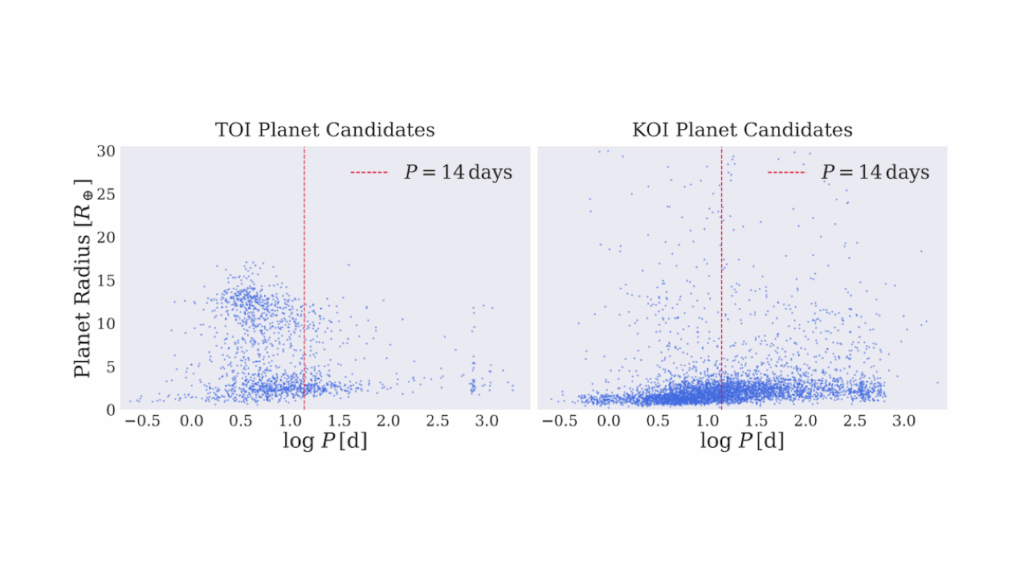Tricorder Tech: A.I. / Machine Learning: Adaptive Sampling With PIXL On Mars Perseverance

Editor’s note: From the paper’s Introduction: “At the time of this writing, PIXL’s adaptive sampling capability has been operating on Mars for over 951 sols (martian days), with over 52 scans analyzed. To our knowledge, it represents the first case of autonomous decision-making through compositional analysis performed by a spacecraft on another planet.” And from the Conclusion: “We have successfully demonstrated new adaptive sampling technology with PIXL on the Mars Perseverance rover. To our knowledge, this has enabled the first autonomous decision-making based on real-tie compositional analysis by an exploration spacecraft. Almost all the rules were implemented through machine learning, trained with compositional analysis of PIXL Mars data taken earlier in the mission.”
As we send our droids to other worlds to study local geology and search for biosignatures we’ll need to have them equipped with as much autonomy as we can provide – autonomy that we can upgrade based on mission experience – as well as autonomy that can be improved by the droid itself based on its own experience. When we join our robotic partners on site we’ll need to adopt the same approach with the tools that we bring with us. We’ll need the latest analytical tools in our Base Camp laboratory and out in the field on Away Team sorties embedded inside our tricorders and other sensors that we bring along.
These tools will need to be forward/backward compatible so as to be upgradeable. Even with fast communication back to Earth, the combination of varying message lags and inevitable bandwidth constraints, an emphasis will be placed on in situ capabilities – as will creativity on the part of both humans and robots.
If we are going to expend the large amount of financial and national resources to send these missions – eventually with humans – we need to equip them as best we can – with tools that learn – just like human crews do. Our droids are leading the way – programmed by smart humans back home. Here is one example already at work in the field- on Mars.
Adaptive sampling with PIXL on the Mars Perseverance rover
Planetary rovers can use onboard data analysis to adapt their measurement plan on the fly, improving the science value of data collected between commands from Earth.
This paper describes the implementation of an adaptive sampling algorithm used by PIXL, the X-ray fluorescence spectrometer of the Mars 2020 Perseverance rover.
PIXL is deployed using the rover arm to measure X-ray spectra of rocks with a scan density of several thousand points over an area of typically 5 x 7 mm. The adaptive sampling algorithm is programmed to recognize points of interest and to increase the signal-to-noise ratio at those locations by performing longer integrations.

Preparations for the PIXL scan on sol 294 (Quartier). Most PIXL scans (about 60%) have been conducted on an abraded patch that exposes the sub-surface of the rock (an additional 32% are on natural surfaces and 8% on regolith). In this example an abraded patch of 50-mm diameter and approximately 7-mm deep is produced using the Sampling and Caching Subsystem (Moeller et al., 2021). This patch has been cleared of dust to roughly 40-mm diameter using the Gas Dust Removal Tool. The PIXL scan on sol 294 is 7×7 mm (placement not shown), about one seventh the diameter of the abraded patch, and has 3299 points spaced 0.125 mm apart. — astro-ph.EP

PIXLISE view of carbonates detected on sol 879 (Gabletop Mountain). Shown here is a compositional map of carbonates derived from PIXLISE “expressions”. The expressions are equations that can use counts from PIXL’s two detectors to estimate weight percents of compositions of interest while taking into account the effects of diffraction. The grey-colored points are where divide-by-zero errors have occurred and should be ignored. — astro-ph.EP

5 x 7 mm PIXL scan of target Lake Haiyaha (sol 851) displaying elemental abundances of Cr2O3 in green. The scan only contains 3 Cr-rich grains (chromites) comprising 9 PMCs total (0.4% of the map scan [9 PMCs/2346 PMCs]). The Chromite-bearing PMCS are defined here as PMCs with >2 wt% Cr2O3. — astro-ph.EP
Two approaches are used to formulate the sampling rules based on past quantification data: 1) Expressions that isolate particular regions within a ternary compositional diagram, and 2) Machine learning rules that threshold for a high weight percent of particular compounds.
The design of the rulesets are outlined and the performance of the algorithm is quantified using measurements from the surface of Mars.
To our knowledge, PIXL’s adaptive sampling represents the first autonomous decision-making based on real-time compositional analysis by a spacecraft on the surface of another planet.
Peter R. Lawson (1), Tanya V. Kizovski (2), Michael M. Tice (3), Benton C. Clark III (4), Scott J. VanBommel (5), David R. Thompson (6), Lawrence A. Wade (6), Robert W. Denise (1), Christopher M. Heirwegh (6), W. Timothy Elam (7), Mariek E. Schmidt (2), Yang Liu (6), Abigail C. Allwood (6), Martin S. Gilbert (6), Benjamin J. Bornstein (6) ((1) Retired – Jet Propulsion Laboratory, California Institute of Technology, Pasadena, CA, USA (2) Brock University, St. Catherines, ON, Canada (3) Texas A&M University, College Station, TX, USA (4) Space Sciences Institute, Boulder, CO, USA (5) Washington University in St. Louis, St. Louis, MO, USA (6) Jet Propulsion Laboratory, California Institute of Technology, Pasadena, CA, USA (7) University of Washington, Seattle, WA, USA)
Comments: 24 pages including 11 figures and 7 tables. Submitted for publication to the journal Icarus
Subjects: Earth and Planetary Astrophysics (astro-ph.EP); Instrumentation and Methods for Astrophysics (astro-ph.IM)
Cite as: arXiv:2405.14471 [astro-ph.EP] (or arXiv:2405.14471v1 [astro-ph.EP] for this version)
https://doi.org/10.48550/arXiv.2405.14471
Focus to learn more
Submission history
From: Peter Lawson
[v1] Thu, 23 May 2024 11:57:02 UTC (17,776 KB)
https://arxiv.org/abs/2405.14471
Astrobiology,








